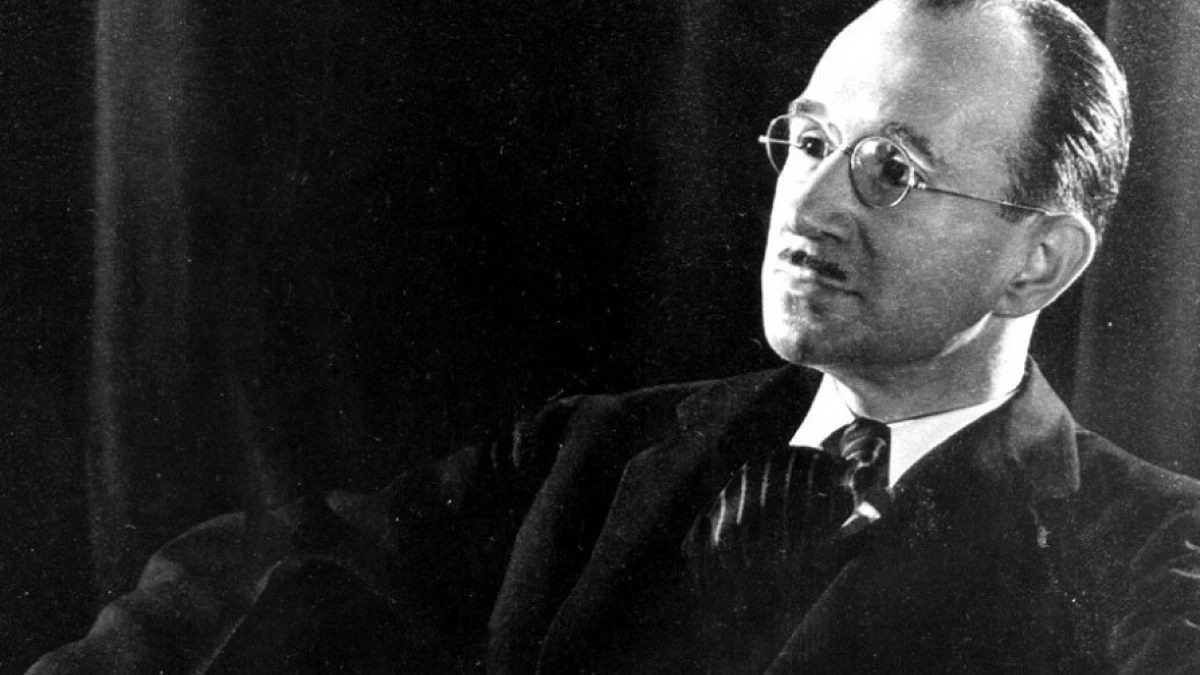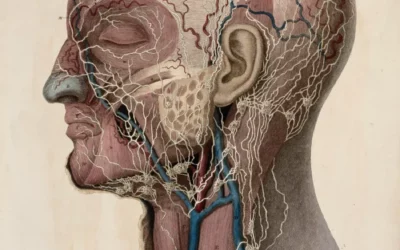Who Was Harry Stack Sullivan?
“We are all much more simply human than otherwise.” – Harry Stack Sullivan

-
The Revolutionary Vision of Harry Stack Sullivan
Harry Stack Sullivan (1892-1949) emerged as one of the most innovative and influential psychiatrists of the twentieth century, fundamentally transforming our understanding of human personality and mental illness. His interpersonal theory of psychiatry represented a radical departure from the intrapsychic focus of traditional psychoanalysis, emphasizing instead the crucial role of social relationships in psychological development and pathology.
Born into a poor rural family in upstate New York, Sullivan’s background differed markedly from his contemporaries in the psychoanalytic establishment. His experiences as an isolated, socially anxious youth, combined with his later work with schizophrenic patients, shaped his deep appreciation for the role of interpersonal relationships in mental health and illness.
-
Theoretical Foundations: The Social Birth of the Self
2.1 The Interpersonal Field
Sullivan’s most fundamental contribution was his concept of the interpersonal field – the notion that personality emerges from and exists within a network of relationships. Unlike traditional psychoanalysis, which focused on intrapsychic drives and conflicts, Sullivan saw the person as inseparable from their social context.
2.2 Security Operations
Central to Sullivan’s theory was the concept of security operations – the psychological mechanisms people develop to manage anxiety in interpersonal situations. These operations, while protective in the short term, can become rigid patterns that limit personal growth and relationship possibilities.
-
The Development of the Self System
3.1 Developmental Epochs
Sullivan outlined several key developmental periods:
- Infancy (0-18 months)
- Childhood (18 months-6 years)
- Juvenile Era (6-9 years)
- Preadolescence (9-12 years)
- Early Adolescence (12-14 years)
- Late Adolescence (14-21 years)
- Adulthood
Each epoch presents specific interpersonal challenges and opportunities for development.
-
Core Concepts in Interpersonal Theory
4.1 The Self-System
Sullivan conceptualized the self-system as an organization of experiences developed to avoid or minimize anxiety. Unlike other theorists who saw the self as a fixed entity, Sullivan viewed it as a dynamic process constantly shaped by interpersonal interactions. Key components include:
- Good-me: Experiences associated with satisfaction and security
- Bad-me: Experiences associated with anxiety and disapproval
- Not-me: Experiences so anxiety-provoking they are dissociated
4.2 Anxiety and Security Operations
Sullivan viewed anxiety as fundamentally interpersonal in nature, arising from threats to human connections. His understanding of anxiety included:
- Its role as the primary disruptive force in interpersonal relations
- Its transmission from caregiver to infant through “anxiety gradient”
- Its impact on cognitive and perceptual processes
- The development of security operations to manage it
-
The Role of the Significant Other
5.1 Personifications
Sullivan introduced the concept of personifications – internal representations of self and others built through interpersonal experience. These include:
- The good mother and bad mother
- The malevolent transformer
- The imaginary playmate
- Various self-personifications
5.2 The Participant Observer
Sullivan developed the concept of the participant-observer in therapeutic work, recognizing that:
- The therapist is always part of the interpersonal field
- Observation changes the phenomenon being observed
- Clinical neutrality is neither possible nor desirable
-
Treatment and Therapeutic Process
6.1 The Therapeutic Interview
Sullivan revolutionized psychiatric interviewing by:
- Emphasizing detailed observation of interpersonal patterns
- Focusing on current relationships and situations
- Attending to non-verbal communication
- Using himself as an instrument of observation
6.2 Therapeutic Goals
The aims of treatment included:
- Increasing awareness of interpersonal patterns
- Modifying restrictive security operations
- Improving capacity for intimate relationships
- Expanding possibilities for satisfying living
-
Contributions to Understanding Schizophrenia
7.1 A New Perspective
Sullivan’s work with schizophrenic patients led to groundbreaking insights:
- Recognition of the intelligibility of psychotic symptoms
- Understanding of social isolation’s role in pathology
- Emphasis on early intervention
- Development of milieu therapy approaches
7.2 Treatment Innovations
His therapeutic innovations included:
- One-to-one relationships with psychotic patients
- Focus on current interpersonal situations
- Integration of social and biological factors
- Development of therapeutic communities
-
Impact on Contemporary Practice
8.1 Clinical Applications
Sullivan’s influence can be seen in:
- Contemporary interpersonal psychotherapy
- Group therapy approaches
- Family systems theory
- Social psychiatry
- Cognitive-interpersonal therapy
8.2 Theoretical Legacy
His ideas contributed to:
- Relational psychoanalysis
- Attachment theory
- Social constructivism
- Communication theory
- Systems approaches
-
Cultural and Social Implications
9.1 Social Psychiatry
Sullivan’s work laid foundations for:
- Understanding cultural influences on mental health
- Recognition of social determinants of illness
- Development of community psychiatry
- Integration of social and clinical perspectives
9.2 Applications to Social Issues
His framework provides insights into:
- Social inequality and mental health
- Cultural differences in psychiatric presentation
- Impact of discrimination and marginalization
- Role of social support in recovery
-
Timeline of Harry Stack Sullivan’s Life
1892 – Born in Norwich, New York 1917 – Graduated from Chicago College of Medicine and Surgery 1922 – Began work at Sheppard Pratt Hospital 1927 – Established therapeutic community for schizophrenic patients 1929 – Founded Washington School of Psychiatry 1938 – Published “Schizophrenia as a Human Process” 1940 – Published “Conceptions of Modern Psychiatry” 1947 – Founded William Alanson White Institute 1949 – Death in Paris, France
-
Major Publications and Works
Books:
- “The Interpersonal Theory of Psychiatry” (1953, posthumous)
- “The Psychiatric Interview” (1954, posthumous)
- “Clinical Studies in Psychiatry” (1956, posthumous)
- “Schizophrenia as a Human Process” (1962, posthumous)


























0 Comments